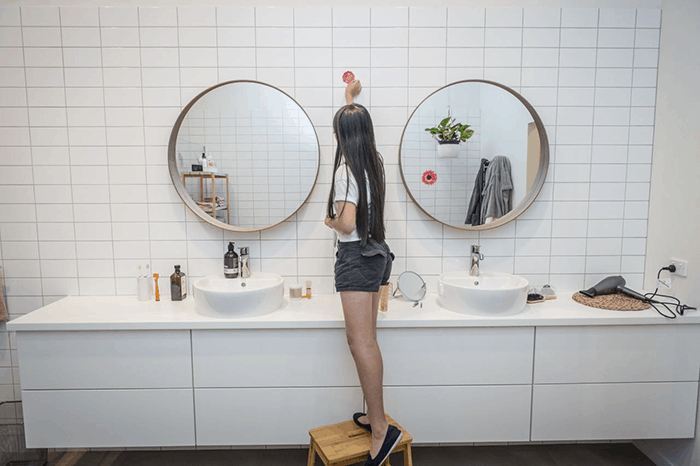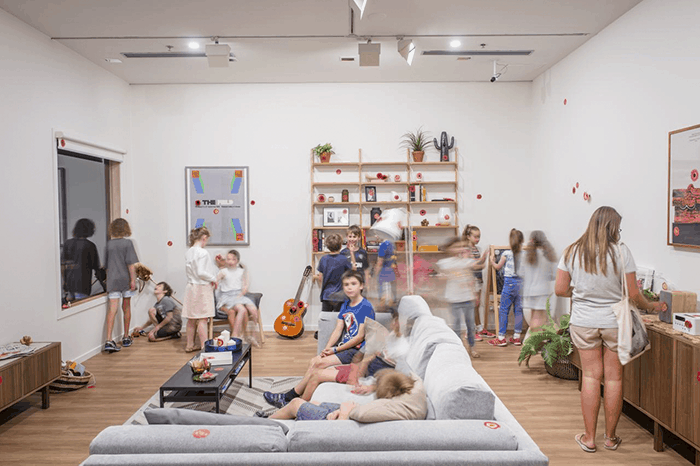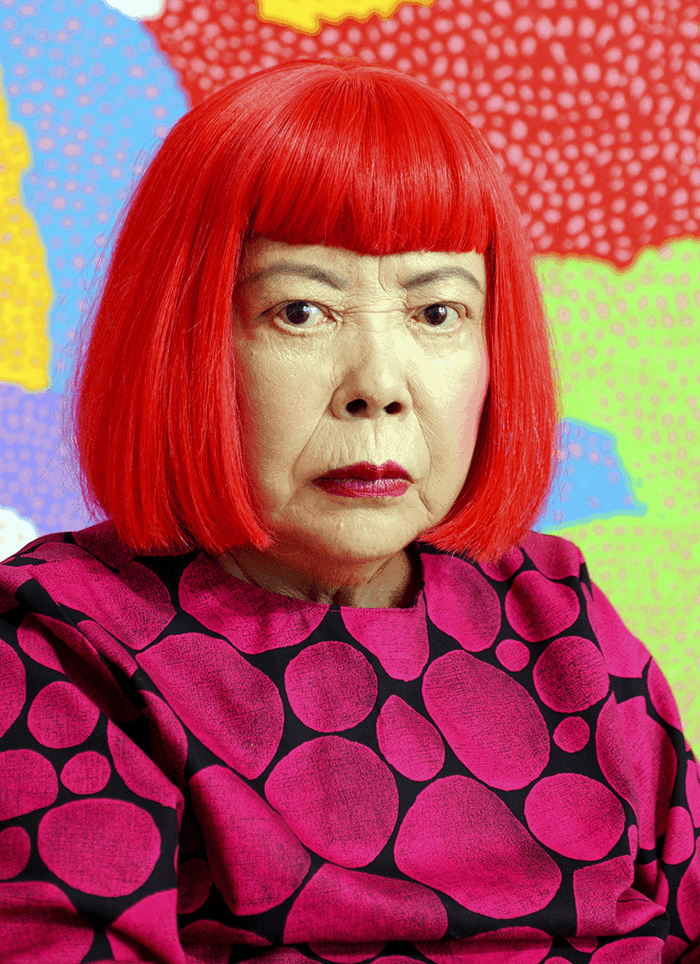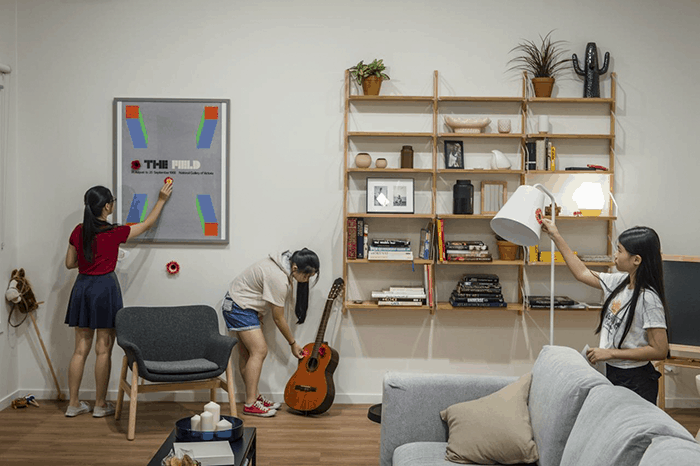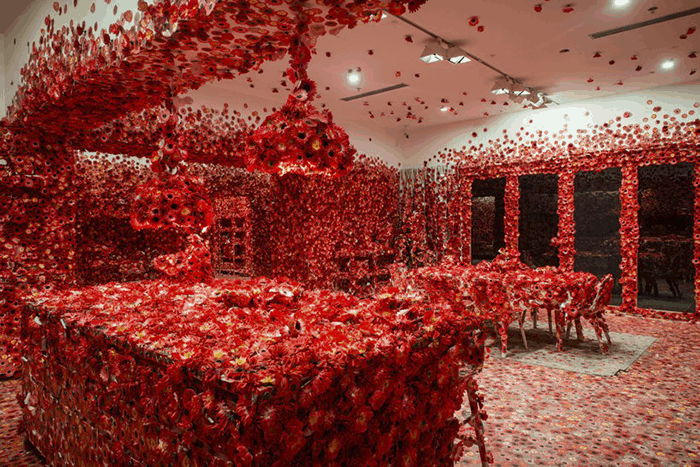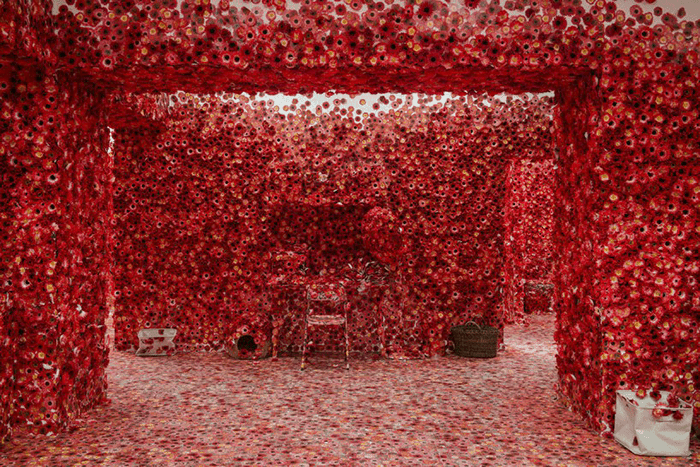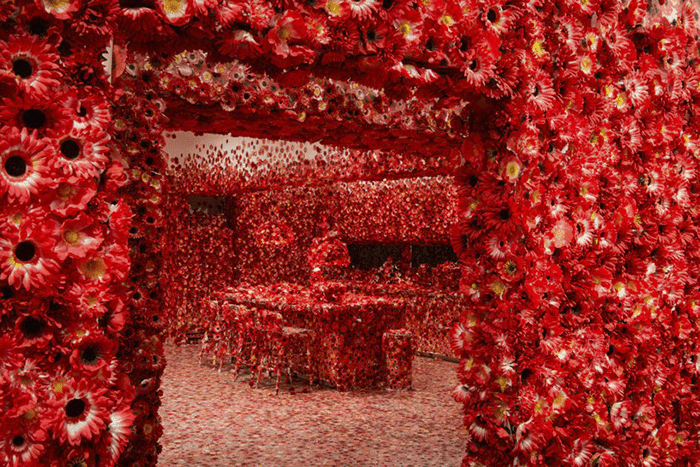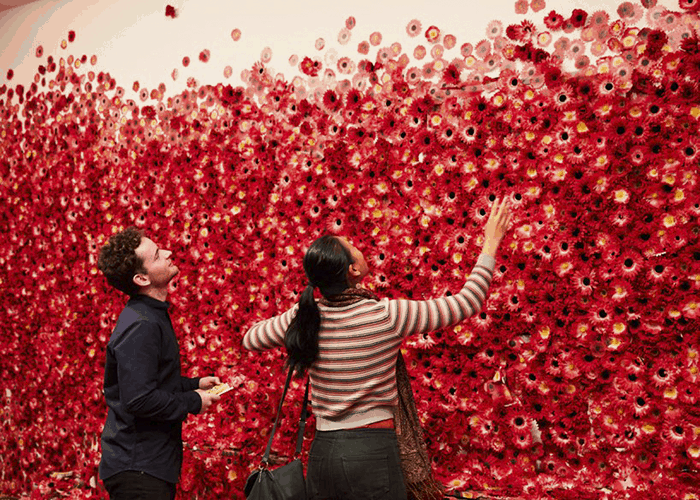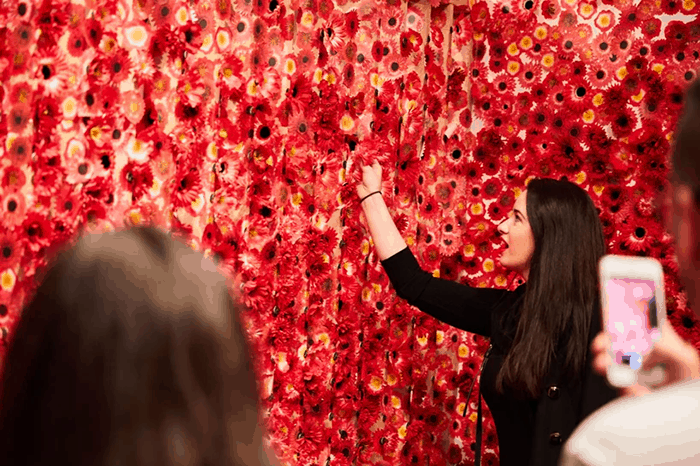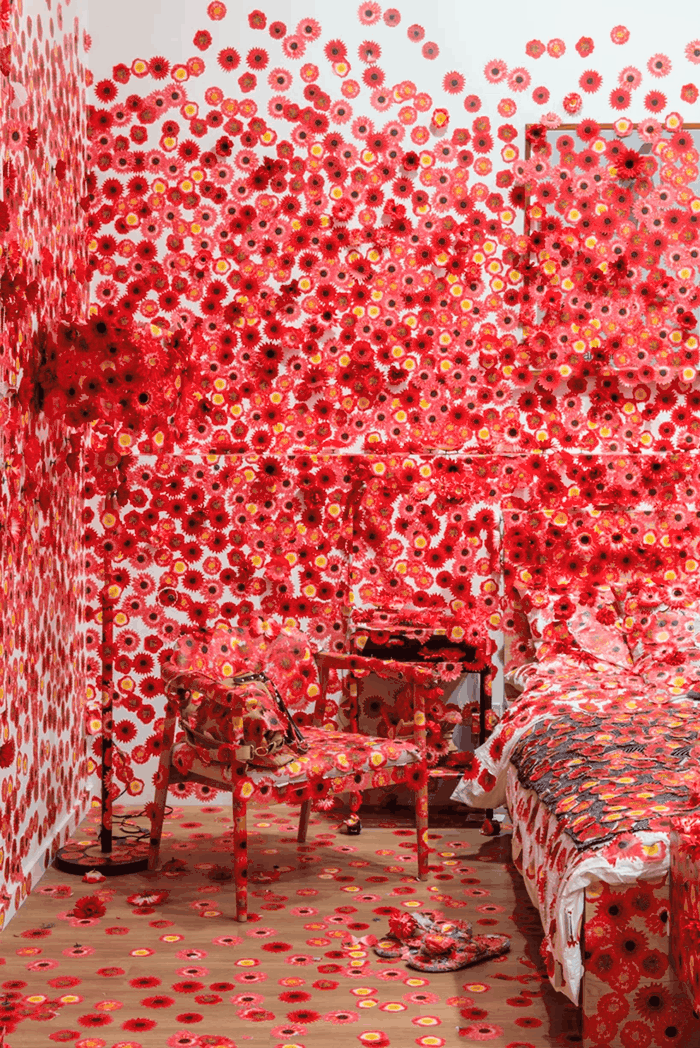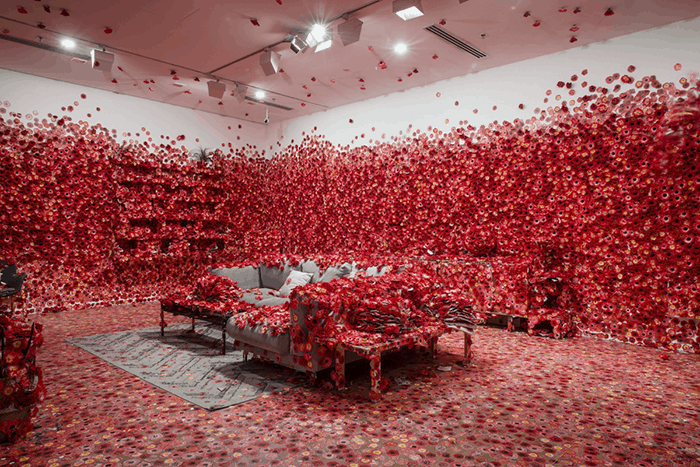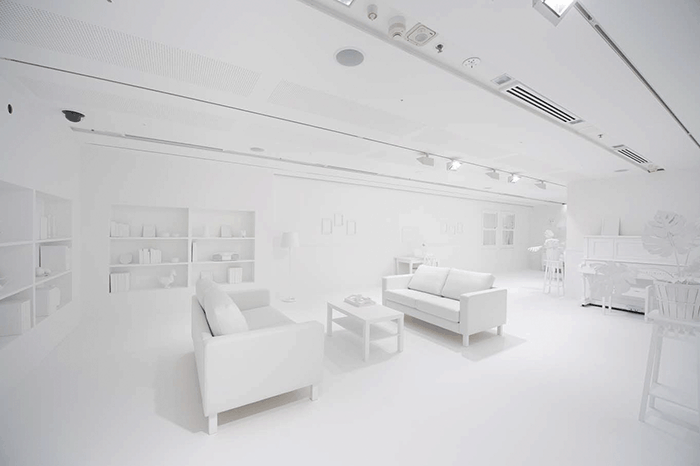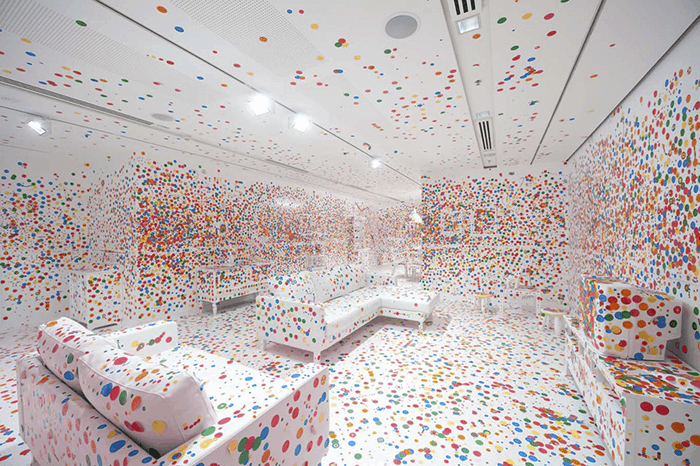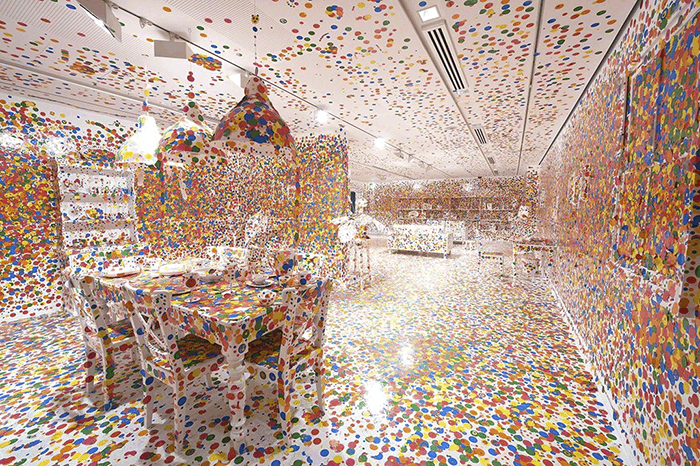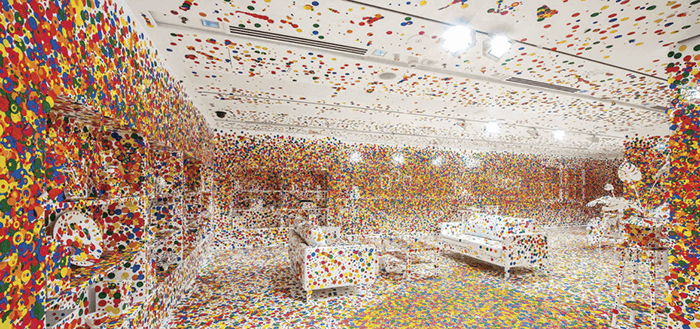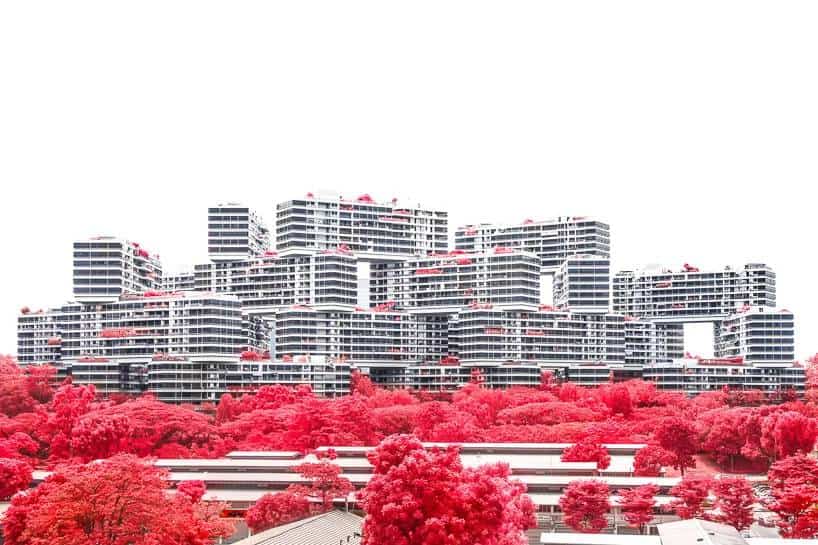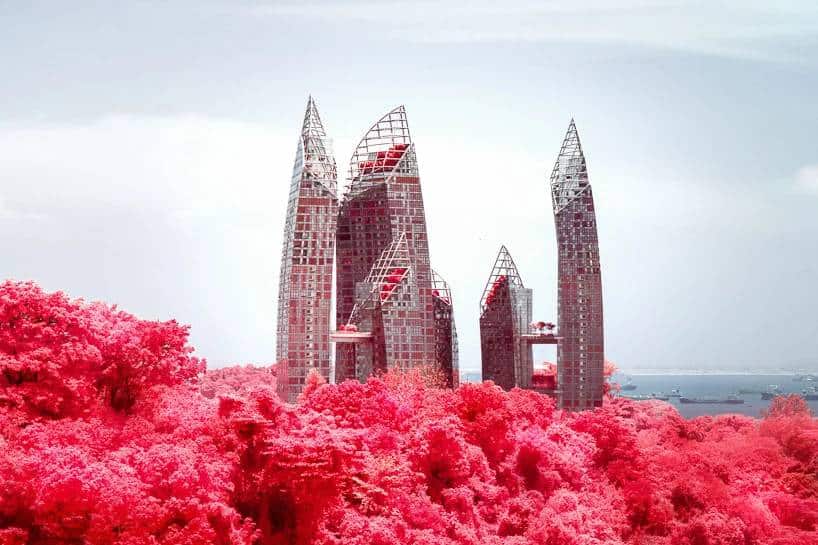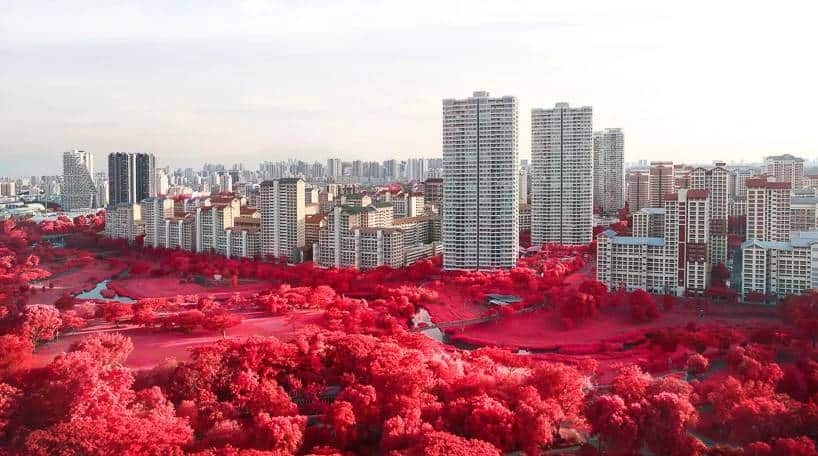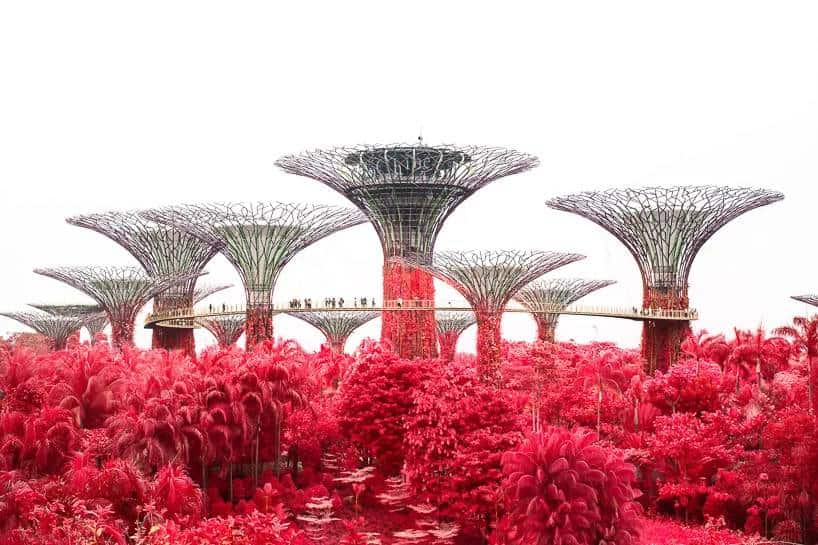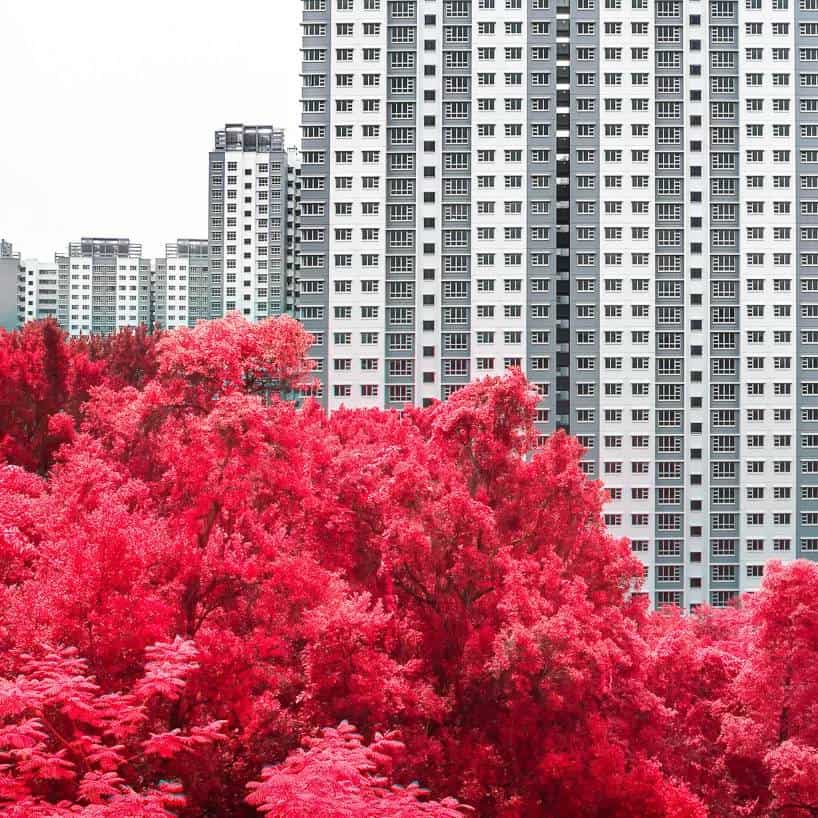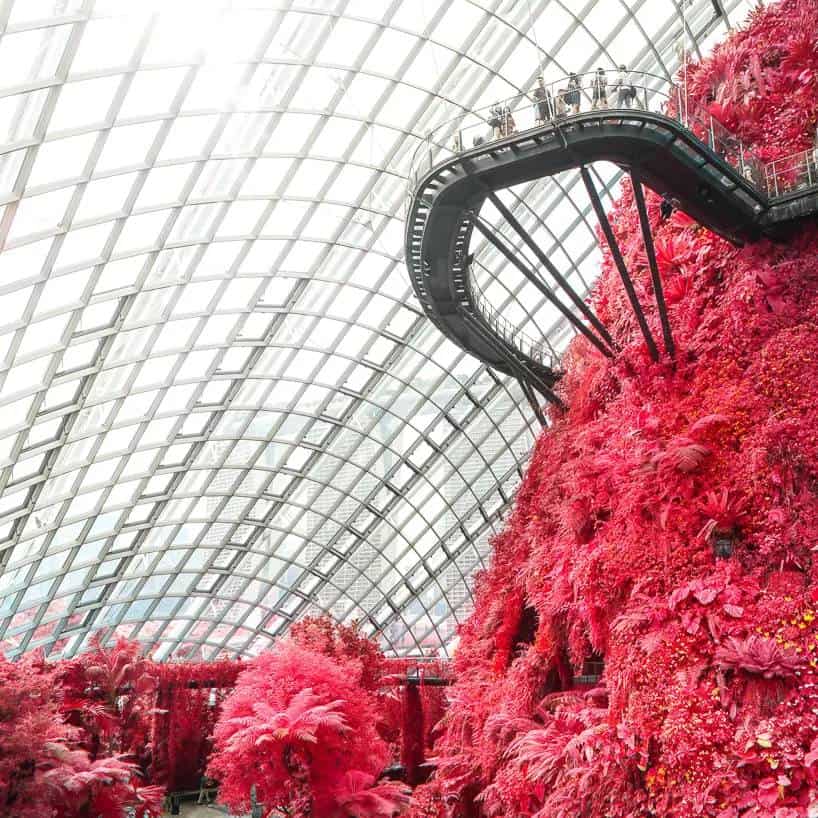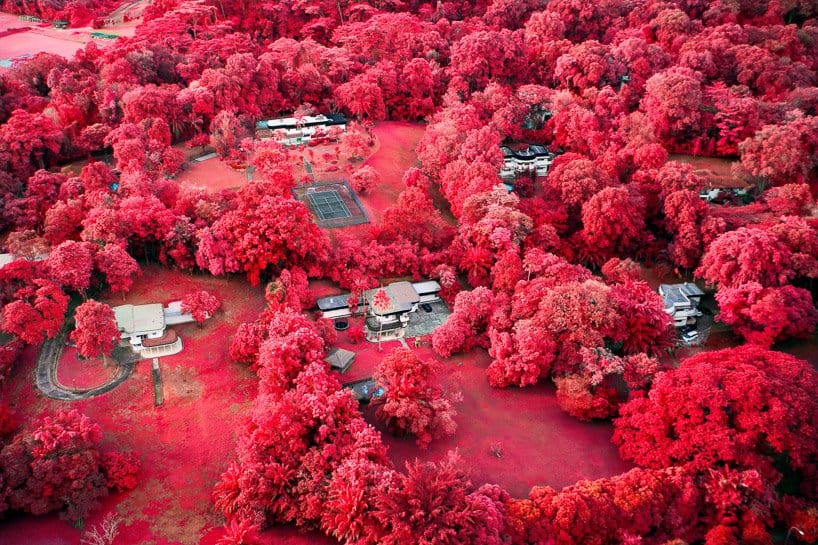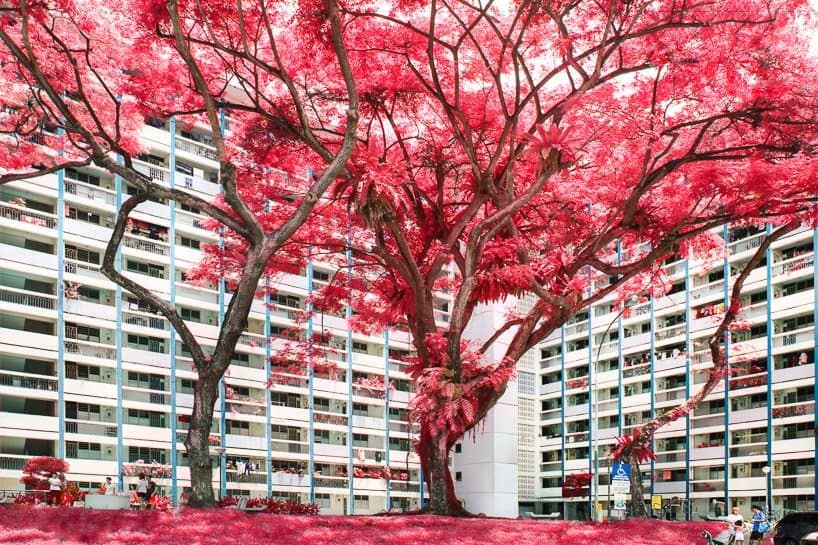Art, in general, is made to be seen or experienced by another, an interlocutor, who, then, establishes various connections with the work. However, this does not appear to be true with the Bataan Chapel, built by the Swiss artist Not Vital in the Philippines.
Punished by constant winds, the work rises on a hill in rural Bagac, a city of just under 30,000 inhabitants located about 50 km west of Manilla. The remote location of this installation makes it difficult to access and makes the journey a task that takes on the air of pilgrimage–part of its elegance lies just in its inaccessibility.

Vital considers the project in Bataan the most up-to-date in a series of surrealist works assembled on distant sites around the planet, including works in Tschlin, Switzerland, and Agadez, Nigeria. Obviously architectural, the Chapel from the Philippines is just one of those bits produced in the contemporary art world which are situated not within a precise disciplinary area, but in a type of limbo between the fields of architecture and art.

“Is it art? Is this architecture? I really don’t know. I am not an architect; I went to design school. That’s why I am so free to do this,” commented the artist in reaction to the effort to categorize his job.
It’s tempting to place this and other works of Vital in a category of buildings alongside such works as the San Bernardo Chapel by Nicolás Campodonico (2015, La Playosa, Argentina) and Peter Zumthor’s Bruder Klaus Field Chapel (2007, Mechernich, Germany). The work in Bataan shares with Zumthor’s design not only the “chapel” designation, but materiality, physical isolation, a dramatic interaction with the landscape, its own narrow point of access and, finally, the mysterious atmosphere created by the amalgamation of these factors.

As in the plan of this Swiss architect, Vitial’s building was constructed of exposed concrete and introduces a non-archetypal yet strong geometry making it a highlight contrary to the natural backdrop. Visible from miles apart, its volume consists of the mixture of a trapezoidal plus a stepped prism; at the top of the first, a longitudinal slit brings a stunning beam of sunlight to the interior, while on the opposite side, a door–just large enough to fit 1 person at a time–is the sole entrance to the Chapel.
The interior should, according to the original design, be softened with a coating of plaster, but the impression left on the raw material from the contours of coconut trunks convinced Crucial to give up the idea.

When you pass through the door, the viewer sees, on the opposite wall, a large white porcelain mural measuring 12 x 5 meters having thirteen black stains–The Last Supper. Between the work and people who contemplate it, a shallow layer of water which begins 20 centimeters from the doorway pays homage to the rice areas of the Philippines; to the right, Bulol leans a few feet above water level, while the left wall remains untouched.

The adventure is done by the light changes made possible by the cut in the cement above The Last Supper. Depending upon the time of day and the weather conditions, the luminosity changes from a soft, diffuse light to some sharp contrast, roughly changing the understanding of the internal space and the elements which constitute it.

Though he is not an architect by training, Vital’s intention to create an atmosphere throughout the design of distance is noticeable in this job. Everything from the Bataan Chapel– from the material to the massing of amounts, from place to feel–is evidence that there’s, in the work of art, architectural design.
Throughout the opening, it is likely to observe that the solid feel of the ceiling decorated with the reflection of natural light from the mirror of water.
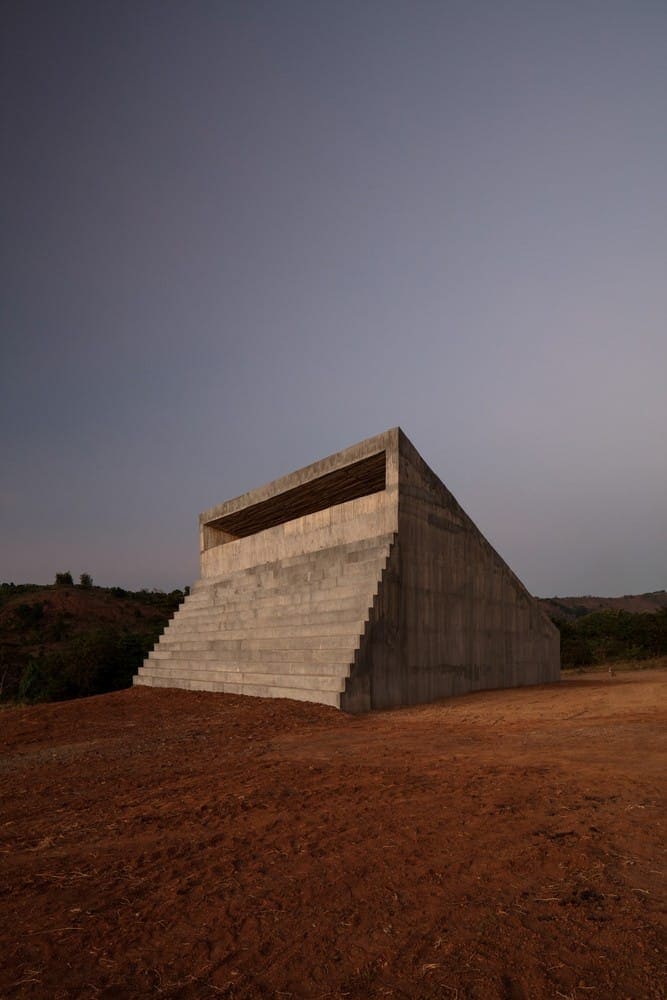
Defining precisely what this piece is might not be quite as easy, then. Art? Sculpture? Architecture? Maybe all of them? The artist himself is reluctant to commit to a specific category, and this is not relevant. Possibly the most relevant question is the way the disciplinary field could be benefitted and improved by works of the sort, which are inserted in the undefined territory between fields.
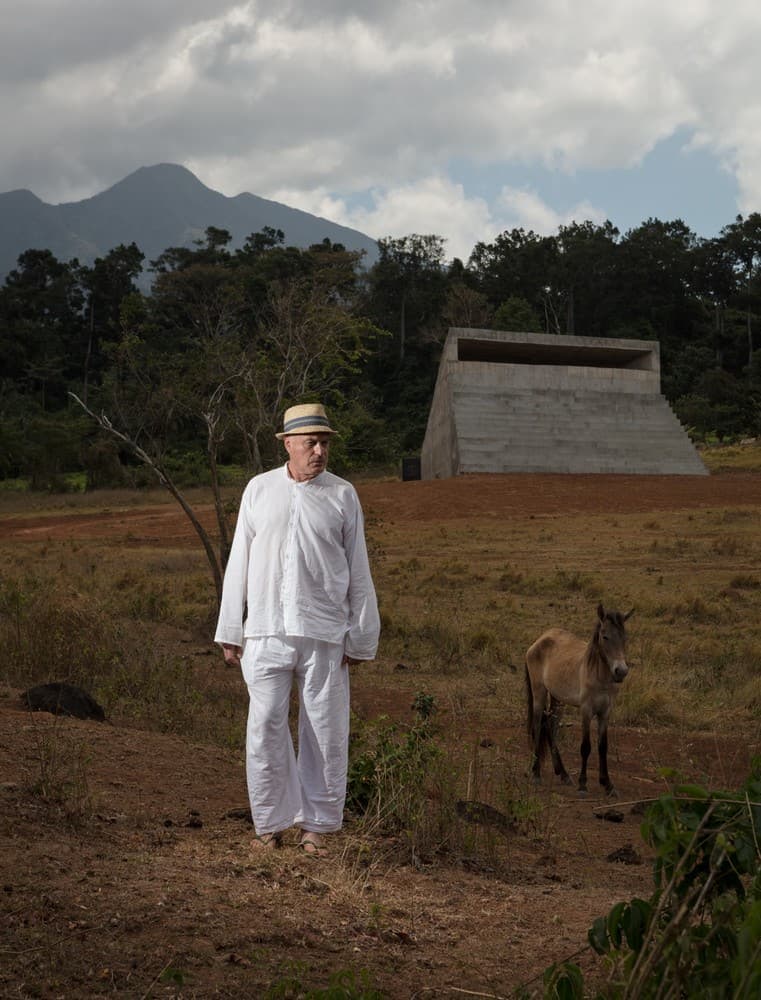

h/t archdaily
The post Swiss Artist Not Vital Designed Bataan Chapel in the Philippines appeared first on FREEYORK.
